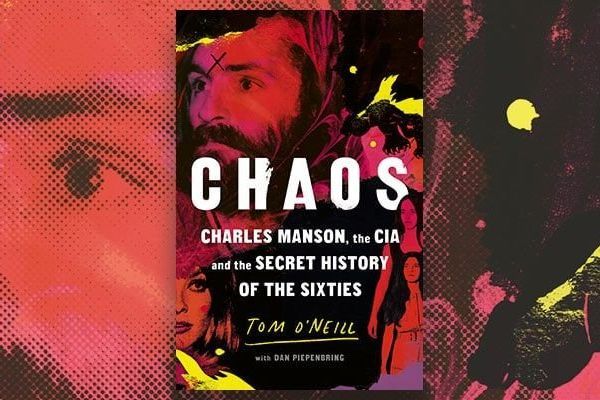
Cease to Exist, Part II: Back to the Top of the Slide
Three Decades After The Manson Family Murders, A Journalist Reexamined the Crimes. Two Decades Later, The Story Released Him. His Book Explodes Everything We Know About Manson. Could It Even Free The "Family"?
This is Part II in an ongoing series about the Manson Family, 50 years later. You can read Part I here.
Tom O’Neill had given himself two years in Los Angeles, and by the spring of 1999, he was ready to return to the East Coast, to the apartment in Little Italy he’d held onto the whole time. In the nine years since his first article of journalism had been published, O’Neill had come a long way from Central Park, where the Philadelphia native, fresh out of NYU, had driven a horse-drawn carriage for six years. By 1992, he was finally making enough as a freelance entertainment journalist to quit.
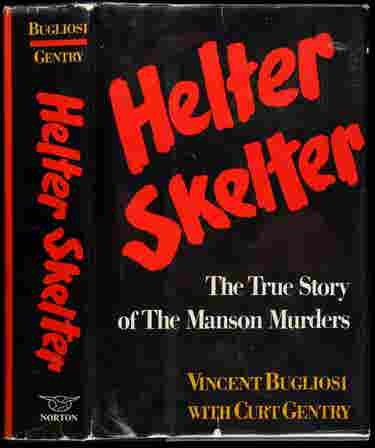
So when, in March 1999, Premiere editor Leslie Van Buskirk reached out to O’Neill with one final West Coast assignment, it was for a Hollywood story like no other.
“She said, ‘The 30th anniversary of the Manson murders is this coming August,” O’Neill told me in the summer of 2019. “We want to do a piece kind of commemorating the thirtieth anniversary and we think you’d be great to do it.”
O’Neill was no crime reporter; he had never even read Helter Skelter, the 1974 account of the case co-authored by legendary Manson prosecutor Vincent Bugliosi, which had become the best-selling true crime book of all time. “I immediately said, yeah, but of all subjects, that story had been written to death and I've never been interested in Manson.”
But Van Buskirk had a better argument. “She's like, you need a job. And I did.” Besides, O’Neill was the writer they put on the tough interviews, to get the most reticent stars to say something new. “Initially she just said, you know, just write about its impact on Hollywood...she goes, just just read Bugliosi’s book and think about it. You'll find an angle. You always do.”
Indeed he did. What neither O’Neill nor Van Buskirk could know he wouldn’t be turning in his article in time for the anniversary. Nor that O’Neill would never move back to New York; he is still in Venice.
Nor that O’Neill’s Manson investigation would actually outlive Premiere magazine. For twenty years, O’Neill lived, day and night, with the darkest story of Sixties Los Angeles. “You know, I couldn't see the trees for the whatever anymore,” said O’Neill. “You just get so immersed in it.”
The book, now published in advance of the fiftieth anniversary of Tate-LaBianca, is Chaos: Charles Manson, the CIA, and the Secret History of the Sixties, written by O’Neill alongside New Yorker writer Dan Piepenbring. Released this June, Chaos is a cosmic regloss on the crimes - a deeply unsettling read, informed by a refreshing skepticism of the fundamentals of the case. A work of shoe leather muckraking, Chaos lacks anything in the way of a neat conclusion - which may be the entire point.
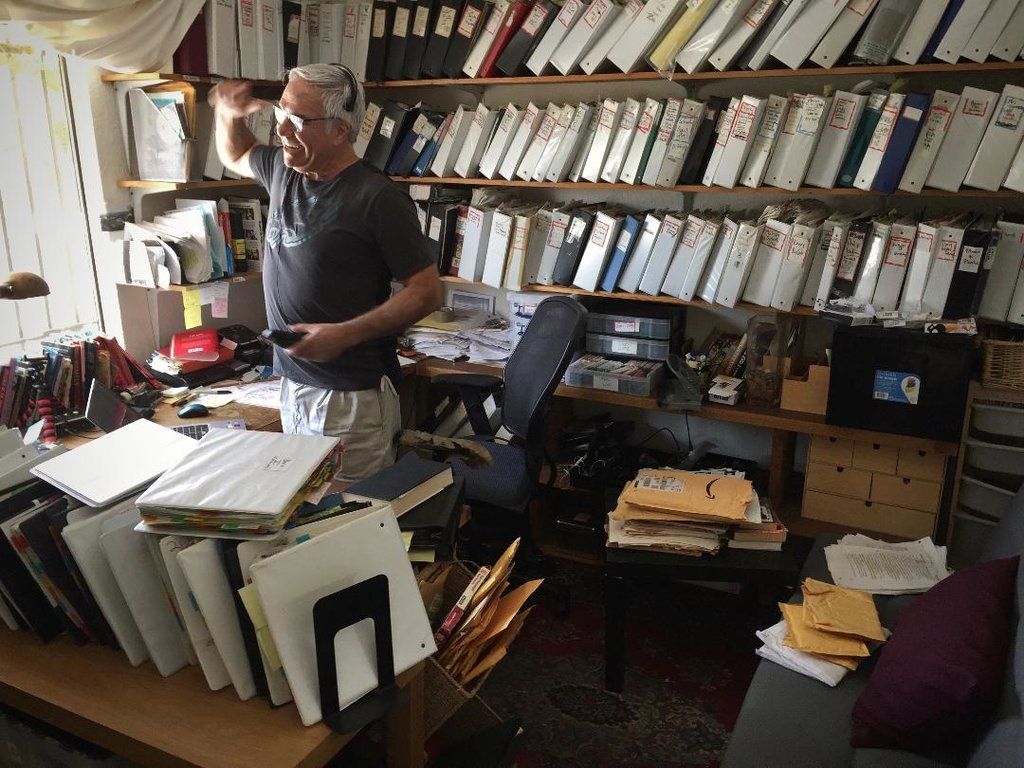
In other words, the stylistic and philosophical opposite of Helter Skelter - a “forceful, absorbing book,” O’Neill would soon find in the summer of 1999. Several grades above the usual true crime potboiler procedural, Helter Skelter sweeps with great narrative force across the page, distilling the strange, bloody events of the Manson case into a gripping narrative.
The story of Helter Skelter begins on August 9th, 1969, at the Benedict Canyon home of filmmaker Roman Polanski. Charles Milles Manson, a thirty-four year old ex-con, had settled his bizarre, mostly female commune of runaways and drop-outs on a decrepit ranch in the farthest reaches of LA County. Manson had dreamed of becoming the next John Lennon, but despite making the acquaintance of Beach Boys drummer Dennis Wilson and music super-producer Terry Melcher, heultimately failed to attract any lasting interest in his songwriting.
The results, per Bugliosi, would be a savage criminal conspiracy. A vengeful Manson ordered his followers to go to 10050 Cielo Drive, Melcher’s former home, and kill everyone there. With Polanski in London working on a film, Manson acolytes Charles “Tex” Watson, Susan Atkins, Patricia Krenwinkel, and Linda Kasabian encountered five people in and around the home. Actress Sharon Tate, Polanski’s eight-and-a-half month pregnant wife, was living in the mansion with social worker and coffee heiress Abigail Folger, as well as Folger’s boyfriend, screenwriter and Polanski friend Voytek Frykowski. Tate’s former boyfriend, celebrity hairdresser Jay Sebring, had dined with the three that evening, before returning to the house.
The four, along with unlucky motorist Steven Parent, would be horrifically tortured and murdered in the gruesome attack - with Tate slain last, stabbed to death as she begged for the life of her unborn baby.
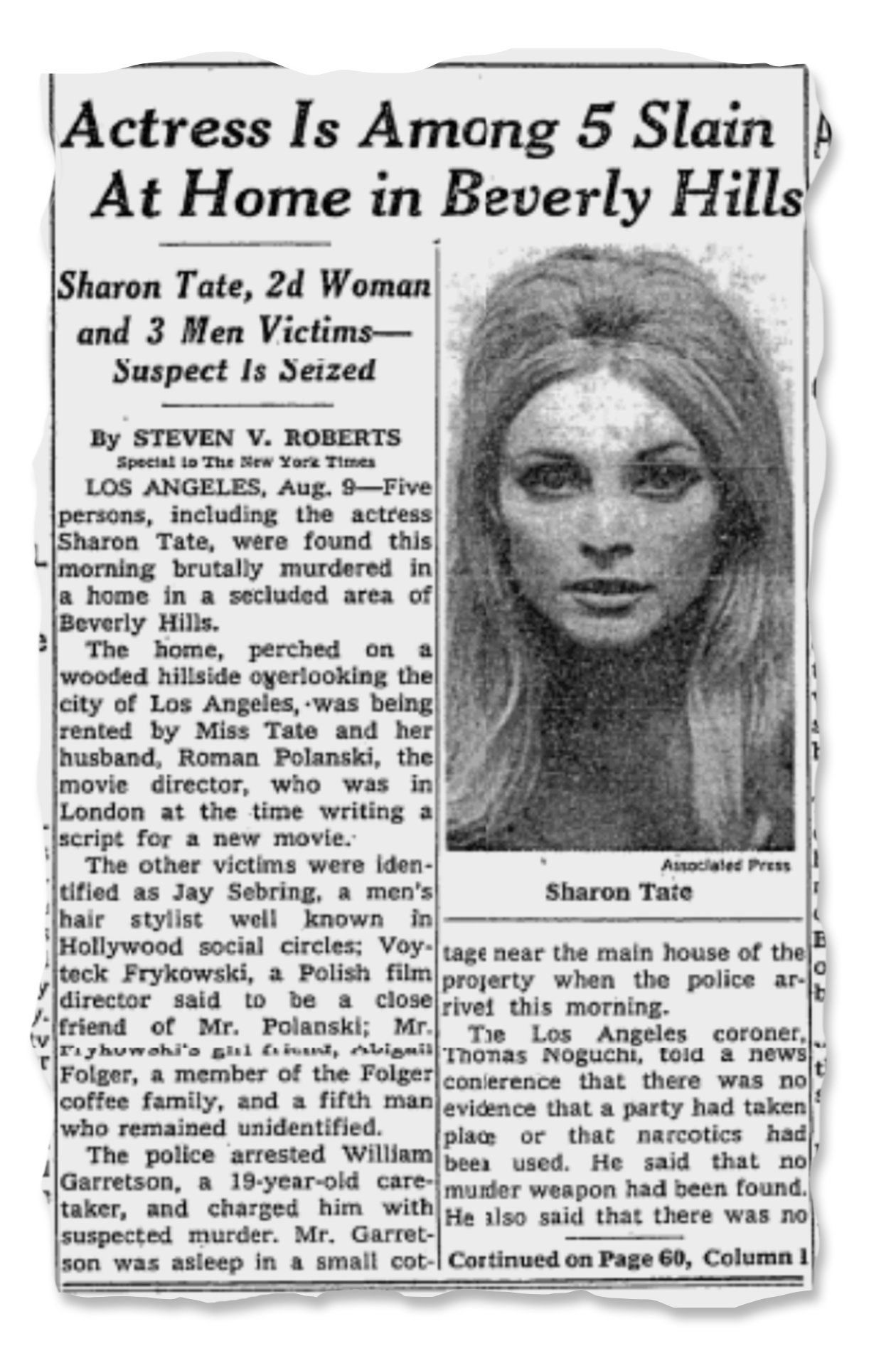
The savagery of the attacks, which continued the next night with the murders of grocer Leno LaBianca and his wife, Rosemary, in their Los Feliz home, was by design. As theorized by Bugliosi in his 1970 prosecution of Manson, Atkins, Krenwinkel, and La Bianca slayer Leslie Van Houten, the most brutal strokes - such as daubing the word “PIG” on a door in Tate’s blood - were meant to focus suspicion on militant black nationalists.
It was all in keeping with Manson’s strange ideology, gleaned through messages hidden in the Beatles’ “White Album.” After inciting a race war, Manson and the Family would wait out the resulting “Helter Skelter” in a cave beneath Death Valley, before reemerging in a fleet of armored dune buggies to rule over the survivors. Of course, it was not to be. Following a hellish, spectacular trial which placed “Charlie” at the apex of a criminal conspiracy, Bugliosi secured death sentences against all of the defendants on first-degree murder charges.
Reading Helter Skelter for the first time, with little existing knowledge of this narrative, O’Neill began noticing apparent gaps in this story, worthy of further investigation. The “Helter Skelter” theory certainly seemed wild; could the plot really have been so deranged? It was a relief for O’Neill when Bugliosi warmly welcomed him to his Pasadena home for what became a six-hour introduction to the Manson phenomenon.
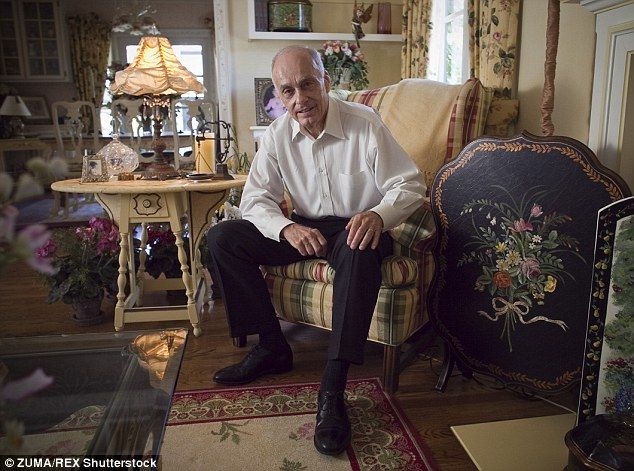
It was a welcome exception. When O’Neill had begun that contacting Hollywood stars from the era, many of whom closely knew the victims, a surprising thing kept happening: the celebrities did not want to talk about Manson, Sharon Tate, or anything else around the case. There was darkness around the case, darkness that had never brightened. In his first conversation with Bugliosi, O’Neill began to get some idea of what might still be hidden.
“[Bugliosi] told me that little anecdotal thing that was supposed to be off the record originally about Sharon,” recalled O’Neill. As recounted in Helter Skelter, LAPD investigators had found a film hidden in the Cielo Drive house, later returned to its hiding place; per the book, it was of Polanski and Tate “making love.” The truth, claimed Bugliosi, all these years later, was far stranger.
Per Bugliosi, “the video tape showing Sharon making love with two men against her will, directed by Roman,” said O’Neill; Bugliosi had directed police to replace the tape, and pretend they hadn’t seen it. “Then I thought, you know, I think there is a lot more to this than we knew we've known and that's when I really started pushing hard to get other people to talk to me who had never, you know, spoken to the press before.”
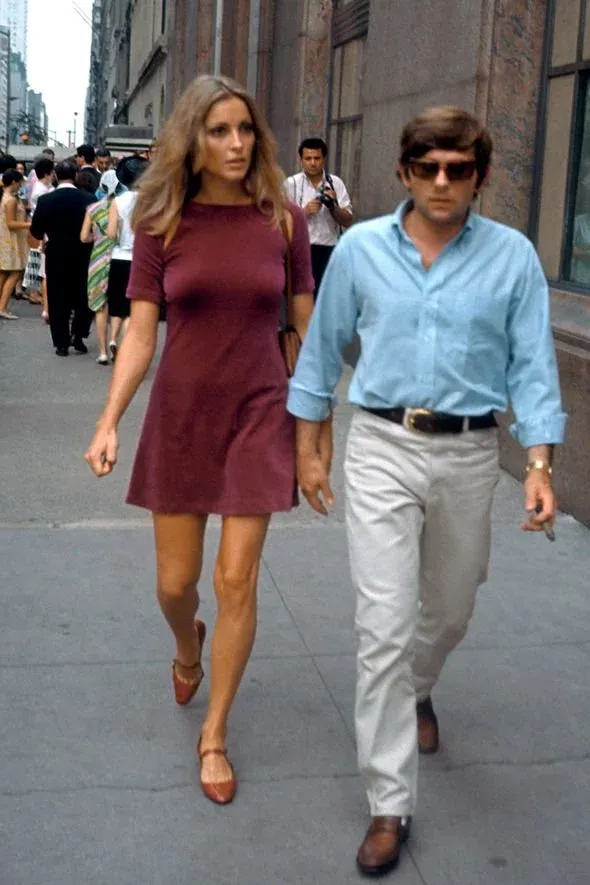
It was a sinister, disturbing revelation - and the first scoop O’Neill had unearthed. But the revelation exposed some curious details, which O’Neill only realized later: Bugliosi had just admitted to lying about material facts of the case in Helter Skelter, his magnum opus. And the timeline didn’t make sense: the tape was discovered immediately after the August murders, yet Bugliosi would not be assigned the prosecution until the autumn.
Little did O’Neill know how much more there was to find. The off-the-record status of the anecdote would eventually, years later, be abrogated by a bitter series of legal threats from Bugliosi. By their final conversation, their relationship would have devolved irreparably, amidst recriminations, veiled threats, slander, and the discovery of enough solid evidence of injustice and impunity for O’Neill to believe there was something deeply wrong about the Manson story.
With each crack in the official story bringing O’Neill seemingly closer to a breakthrough, Chaos documents striking malfeasance at the heart of the case. By the tale’s end, we have learned of troubling intersections between the murders and a whole host of dark powers: incompetent cops, mad scientists, agent provocateurs, and even shadowy CIA spooks. These threads make for gripping reading, posing tantalizing possibilities.
Like the David Fincher masterpiece Zodiac, Chaos is a story of obsession and, as O’Neill describes candidly, the frustration that comes from uncovering few smoking guns. Despite this, it is the fundamental story of the murders which O’Neill most convincingly and solidly calls into question. Bugliosi’s account largely told a tale of loose ends sewn up, with depravity of the case largely confined to those he had put behind bars. As O’Neill would gradually discover, this was not the case.
As the summer of 1999 wore on, O’Neill was getting closer to the principals of the case. And courting such figures as Rudi Altobelli, talent manager to the stars and landlord of the Cielo Drive estate, O’Neill was starting to see a very different 1969 Hollywood than the one recalled as a glamorous golden era. By framing Manson as a perpetually unwanted hanger-on, rather than someone who had been openly embraced by the Westside jetset, Bugliosi’s version of events rather conveniently insulated the Hollywood elite from any uncomfortable questions about their positively intimate ties to a murderous cult leader. This, O’Neill soon realized, was no small issue.
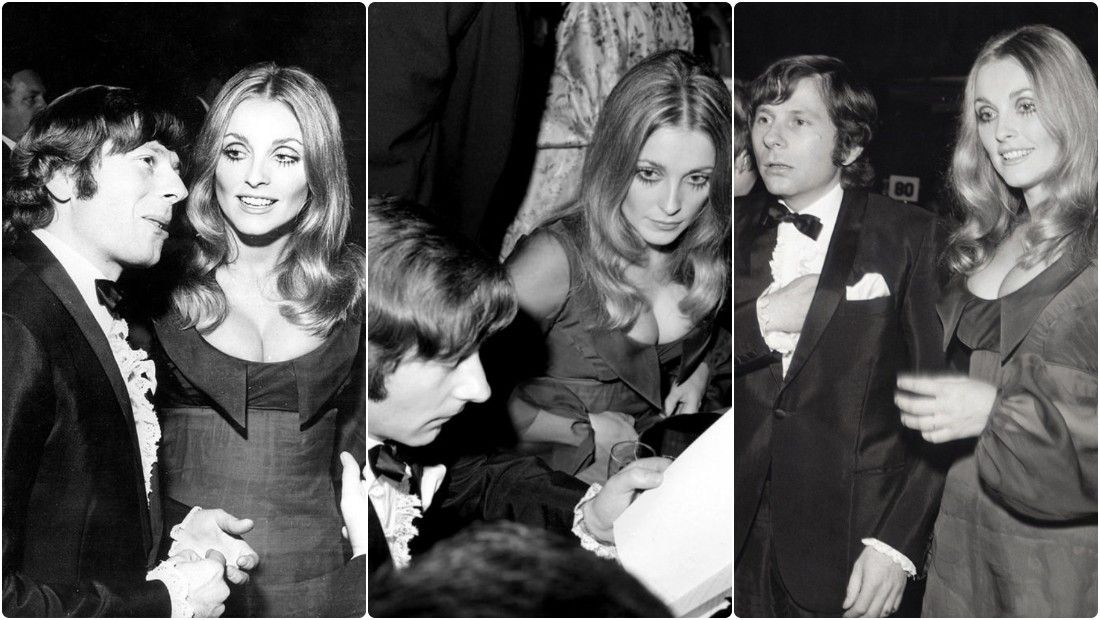
The curiously exculpatory nature of Bugliosi’s case, at trial and in Helter Skelter, had always framed Manson as the ultimate outsider - a jealous, striving Svengali whose rejection by the music scene had prompted the murders, meant as they were to terrorize Melcher. But Manson not only knew Melcher no longer lived at Cielo Drive at the time of the murders - a Family member, Dean “Baba” Moorhouse, father of Ruth Ann, had actually been put up in the house by Melcher. Moorehouse’s tenancy had been briefly noted by Bugliosi in Helter Skelter - curiously, without any mention that Moorehouse had been a Family member.
Dennis Wilson had been integral to the story, the connection between Manson and Melcher, and therefore between the Family and the Cielo Drive home they would attack. Yet Wilson had not been called to testify at trial. And if terrorizing Melcher was the desired effect of the murders, it hadn’t worked; Melcher himself claimed ignorance of the connection until police told them of the theory upon Manson’s arrest.
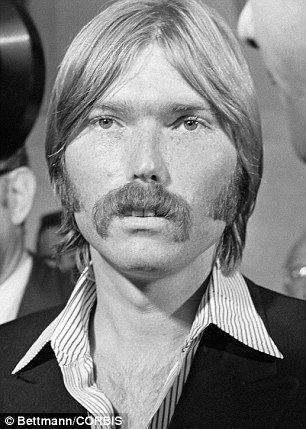
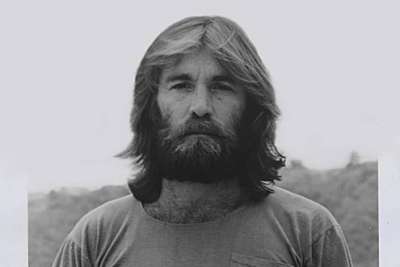
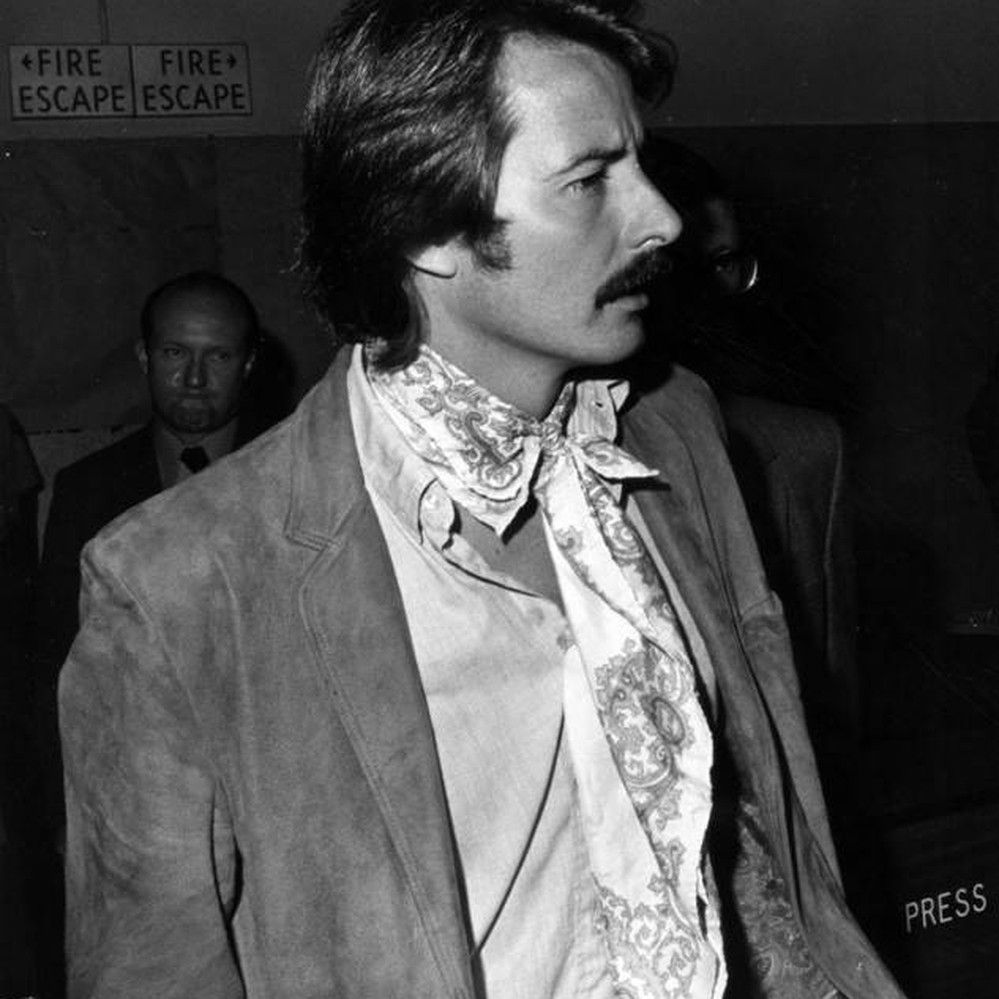
On December 2nd, 1968 - exactly one year before the first murder warrants would be issued against the Family - the Beach Boys released the song “Never Learn Not to Love,” the b-side of a single from their new album, 20/20. The song flopped. Melodic and delicately arranged though it was, in typical Beach Boys style, the lyrics were demented, exhorting listeners to “give up your world,” and see that “submission is a gift.” It had been titled “Cease to Exist” when Charles Manson wrote it.
It was testament to a dark truth O’Neill kept encountering: Manson and his Family had been far more plugged into the Hollywood scene than anybody wanted to remember, in an era of social mobility which elapse on the morning of August 9th, 1969. Whether recording demo tracks in Beach Boys genius Brian Wilson’s home studio, jamming poolside with Neil Young, or attending a Melcher party at the Cielo Drive residence with Tex Watson, Manson had gained entree to precisely the kind of high-flying circles he had hoped to infiltrate.
As O’Neill told me, “I've seen that it was the one period when there was no real status and there were open door policies...everyone was equal and they shared their drugs and their sex and their love and everything.” On the Pacific Coast Highway, a rock star like Dennis Wilson could stop for two teenage hitchhikers, bringing them back to his Sunset Boulevard mansion for “milk and cookies” - and return later to find twenty more topless girls in the house, with their mangy leader, Charles Manson, kissing the Beach Boy’s feet.
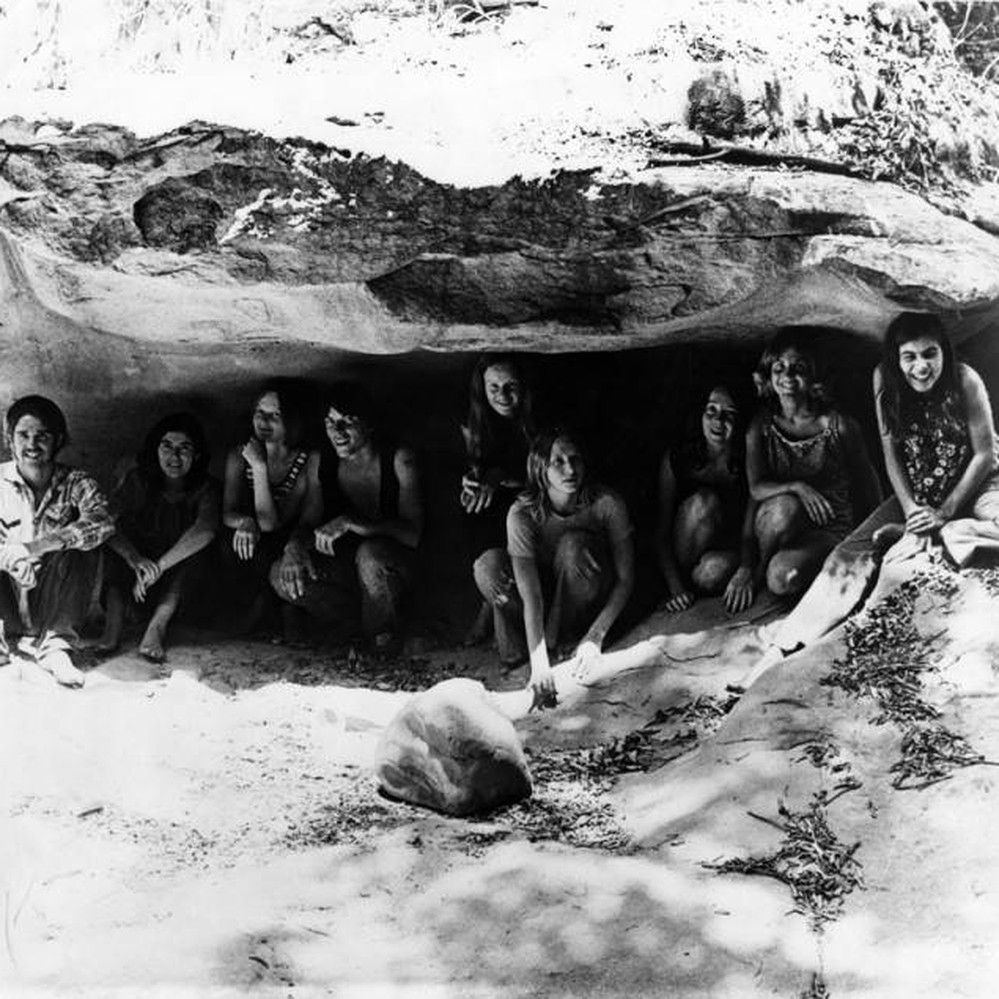
For all the countercultural trappings, the social fabric of the LA scene was stitched together by two threads: insatiable greed, and a vicious, all-consuming misogyny. And Manson exploited both. Installing his followers on Wilson’s estate for much of 1968, Manson’s hustle was inching him closer to the industry of big money, and to the dreams of stardom that had gripped him since discovering the Beatles in McNeil Island Corrections Center. Manson readily seized upon the music industry’s eagerness to monetize the counterculture.
But the scruffy guru also had more powerful collateral to pave his path to stardom: a harem of totally servile women, on offer for sexual use by any man Manson deemed useful. Whether the mark was a rock star, a biker gang member, or a blind old cowboy, Manson’s tactic of seduction-by-proxy usually worked. As academic Jeffrey Melnick eloquently put it in Creepy Crawling, his cultural analysis of the Manson Family, “On a very meaningful level Manson and the Family were social entrepreneurs...the new family [new] only insofar as powerful men were gaining access to more vulnerable women than ever.”
This culture of exploitation had existed before Manson ever showed up. Wilson regularly cruised the Sunset Strip with Melcher and music industry associate Gregg Jakobson, frequenting nightclubs like the Whiskey a Go Go and the Troubadour, as a boys club calling themselves “The Golden Penetrators.” Devoted to deflowering as many female celebrities as they could, the trio were insatiable in their use - and misuse - of women.
Men like Melcher, the Beverly Hills scion of actress Doris Day, “[thought] that they could get away with whatever they wanted,” said O’Neill. Melcher had become Manson’s main target for his dreams of rock stardom, as the guru auditioned for him multiple times, wheedling money and demo sessions from the producer.
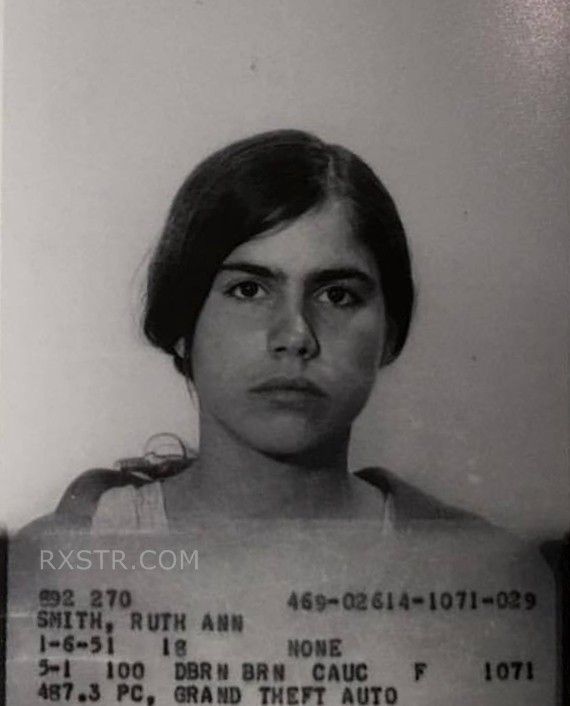
That was not all. Both Melcher and Jakobson had developed a sexual fixation upon one of the youngest Family members, Ruth Ann “Ouisch” Moorehouse, who was fifteen when Manson met her. Bugliosi’s co-prosecutor, Steven Kay, told O’Neill that “Melcher was in love with Ruth,” and had mulled installing Moorehouse as housemaid at 10050 Cielo Drive, which the producer shared with his girlfriend, actress Candice Bergen.
Yet none of this came out at trial. A petrified, heavily medicated Melcher would testify that he’d only met Manson three times, minimizing their connections as the unsuccessful courting of a failed musician. What could be the significance? And why had a wall of silence descended upon these pop dreams of the past?
Talking frequently with Bugliosi after their initial meeting, O’Neill was growing increasingly wary. There seemed to be a manipulative side to Vince’s mentorship that O’Neill couldn’t shake. And speaking with other subjects, O’Neill realized that Bugliosi had begun keeping tabs on who else the writer contacted, probing what material he was uncovering. Rudy Altobelli related to O’Neill a troubling phone call with Terry Melcher, who he had not spoken to in years. Pressing Melcher on how Dean Moorehouse, the Family member, could have been a houseguest at Cielo Drive, Melcher had responded mysteriously: “Vince was supposed to take care of all that...and now it’s all resurfacing.”
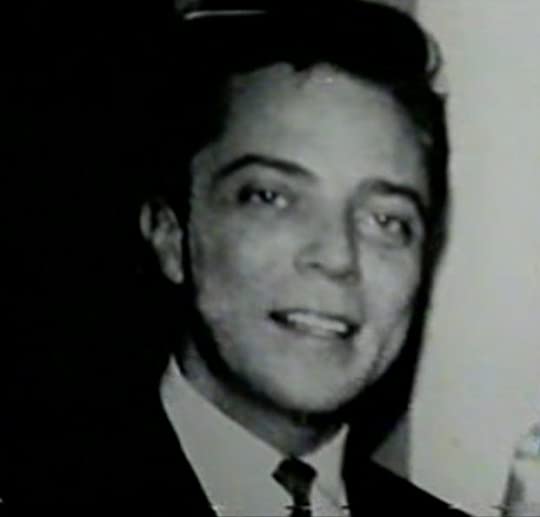
It was a matter of public record, though little-known, that Bugliosi had actually been indicted in 1974 for perjury in connection with the Manson case, accused of leaking information to a reporter, then lying about it under oath. But as chronicled in Chaos, O’Neill uncovered serious evidence of possible misconduct by Bugliosi at trial: suborned perjury, witness tampering, and possibly even coached testimony. If proven, any of these lapses could have caused a mistrial - endangering the possibility of jailing any of the Manson Family murderers for their crimes.
As O’Neill dug into the Los Angeles District Attorney’s archives, hunting a paper trail which might provide more clues, it became apparent that Bugliosi’s ethical lapses extended far wider than anything he could have anticipated. Reading Bugliosi’s handwritten notes of an interview with star prosecution witness “Donkey” Danny DeCarlo, a biker gang member and sometime Manson associate, O’Neill realized the contents not only starkly contradict music producer Terry Melcher’s testimony at trial - but also that there was a large “X” drawn over the pages.
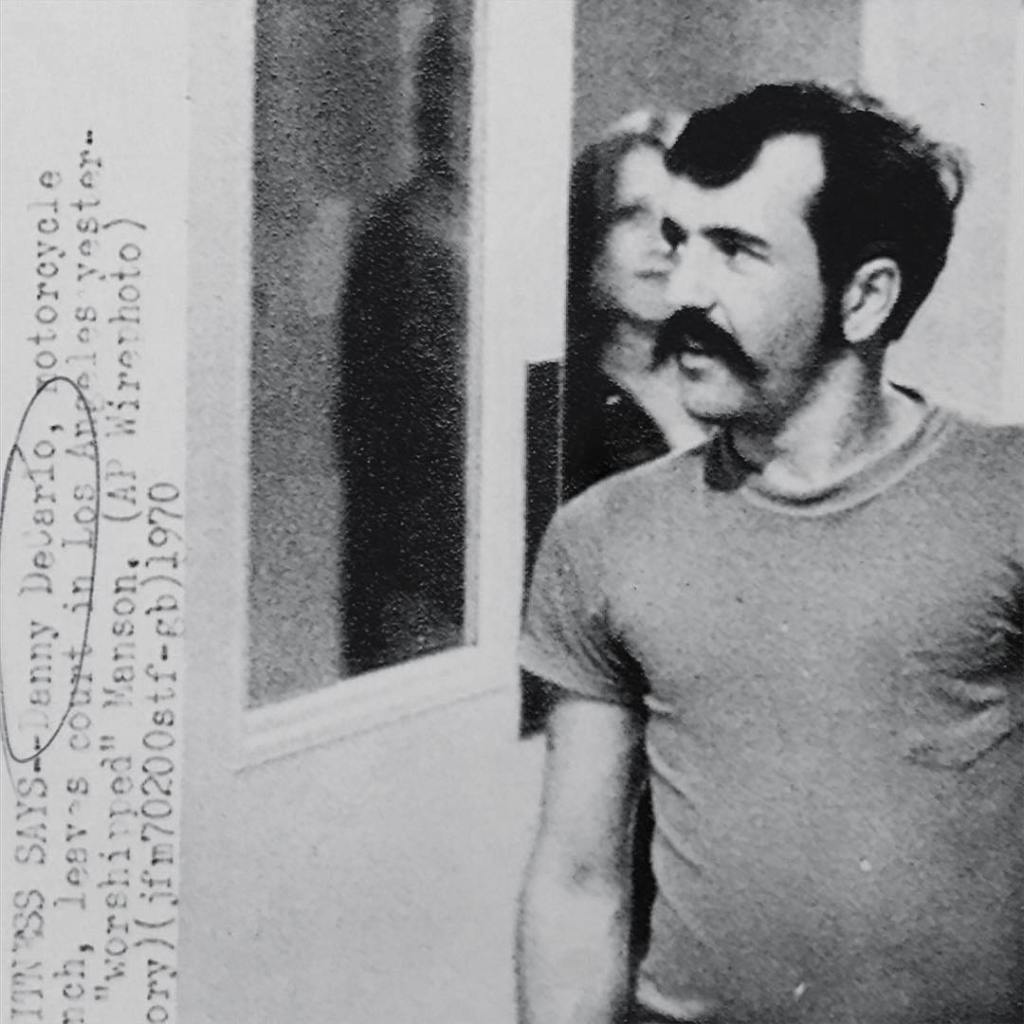
In the notes, DeCarlo describes seeing Melcher at both Spahn Ranch and the Manson Family’s final headquarters, Death Valley’s Barker Ranch, three times - after the murders. It was a detail which, if proven out, seemed totally at odds with the prosecution’s theory of the murders, as well as Melcher’s sworn testimony.
Perhaps it was an invention, or a faulty memory from DeCarlo. But in the Los Angeles Sheriff’s Office Archives, O’Neill uncovered another important document which appeared to dramatically corroborate DeCarlo’s sightings of Melcher. Taken as notes by an unknown detective from an interview with “Little” Paul Watkins, Manson’s chief procurer of new girls, the report describes a bizarre meeting of Melcher and Manson at Spahn Ranch at the same time as one of DeCarlo’s sightings, in early September 1969:
“Melcher was on acid. Was on his knees. Asked Manson to forgive him. Terry Melcher failed to keep an appointment. Called him a pig. They are all little piggies. Helter Skelter meant for everyone to die. Charlie gave Gregg [Jakobson] a 45 slug and said give Dennis [Wilson] this and tell him I have another one for him.”
If true, it was a bombshell development. But there was no one left to shed light on the episode. “The part what was frustrating about that,” said O’Neill, “is with Watkins being dead [before] I even started, and with no name on the report, there was no one I could go to. I couldn't go to the detective and say, ‘what was [Melcher] begging forgiveness for?’”
Steven Kay was Bugliosi’s co-prosecutor for most of the trial, a highly respected attorney who, in the years since the Manson Family’s death sentences were commuted to life imprisonment, has been a tireless presence at every Manson Family parole hearing, devoted to ensuring none are ever released. As one of the most knowledgeable experts on the case, and one of the only people to have been party to the prosecution, Kay was nevertheless stunned to see the DeCarlo notes.
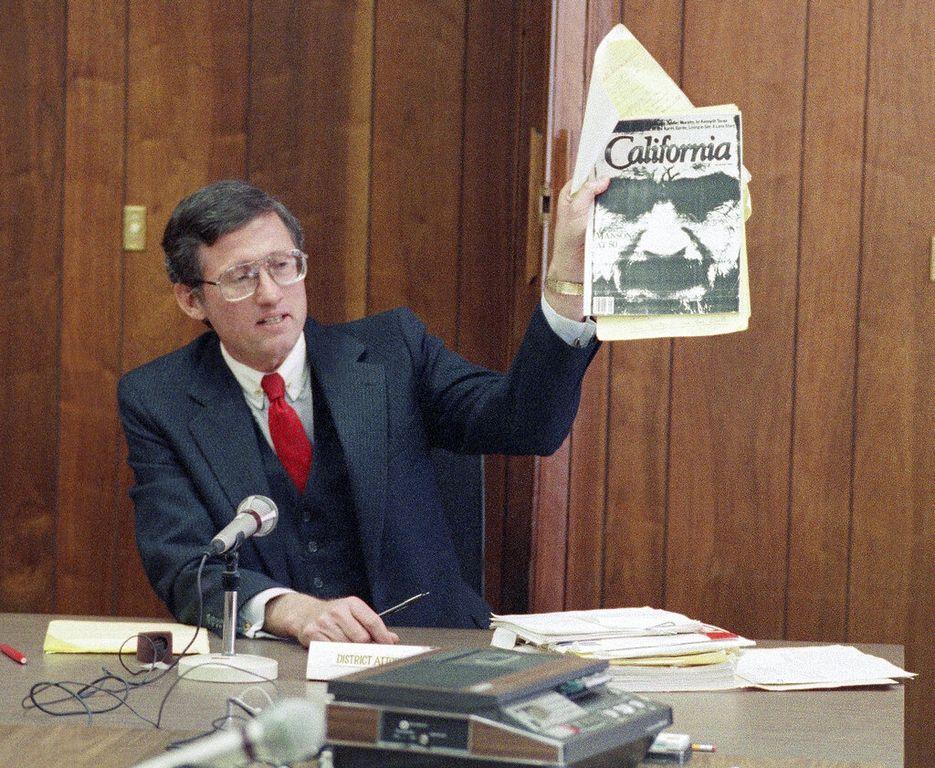
Kay insisted Bugliosi had never shared this information with him, wondering aloud: “I don’t know what to believe now...If [Vince] changed this, what else did he change?” Even more incredible was what came next.
“I asked him,” said O’Neill, “at the end of that meeting: what would you do if you were me? And I could tell he didn't even want to articulate it cause he didn't want to be responsible.” Kay suggested the documents could be shared with Los Angeles's then-District Attorney Steve Cooley. “And I go, ‘What would he do?’ And he goes, ‘Well he might call Habeas Corpus’...[and] vacate the verdict and he'd have to gather evidence and get new witnesses and they'd all get new trials.’”
Vacated verdicts of the longest-serving inmates in the California penal system, and new trials for the unlikeliest of wrongfully convicted prisoners: the Manson Family.
Could such a thing be possible for the most notorious killers in California history - new trials, a half century after the fact? And what would have been Bugliosi’s responsibility handling such evidence? I reached out to Scott Cummings, the Robert Henigson Professor of Legal Ethics at UCLA School of Law, for his thoughts.
“That would be at least under current standards, a clear situation in which the prosecutor would actually have to communicate and turn over that evidence to the defense,” said Professor Cummings, “so that they could do their own independent investigation.”
Indeed, that was precisely what Patricia Krenwinkel’s defense attorney, Paul Fitzgerald, had told O’Neill, upon being presented with the notes. “Fitzgerald said that if he had had that information,” said O’Neill, “they would have tried the case entirely differently. I mean, they never even put on a defense. He said we would've had a defense if we had those papers because they could have...impeach[ed] Melcher's testimony.”
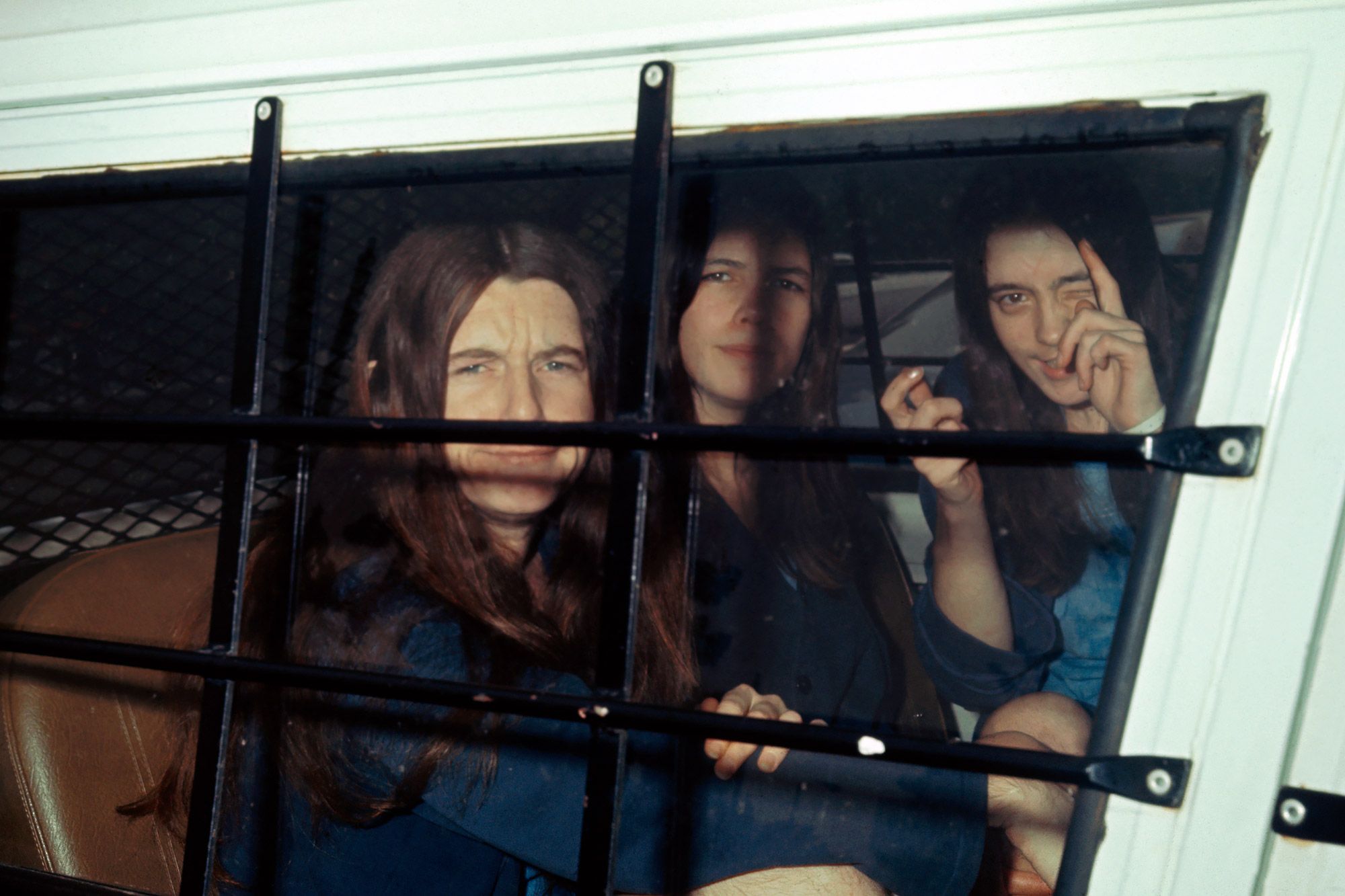
“Even if DeCarlo lied or was misidentified,” explained O’Neill, “Bugliosi was obligated to share that with the defense because Melcher was the pivotal witness that provided the reason that that house was chosen.”
Even more legally questionable was what O’Neill calls “the lawyer swap.” While Manson Family lookout Linda Kasabian would be as the star witness at the murder trial, it was Susan Atkins whose testimony before the grand jury secured first-degree murder indictments against the defendants. The now-deceased Atkins, whose jailhouse boasting had helped solve the case, cooperated with prosecutors under the impression she had struck a deal for leniency in exchange for her testimony.
But no agreement had ever been discussed in detail or signed. Atkins had been subject to a striking maneuver to replace her court-appointed attorney, Gerald Condon, with Richard Caballero, a former Los Angeles prosecutor then in private practice.
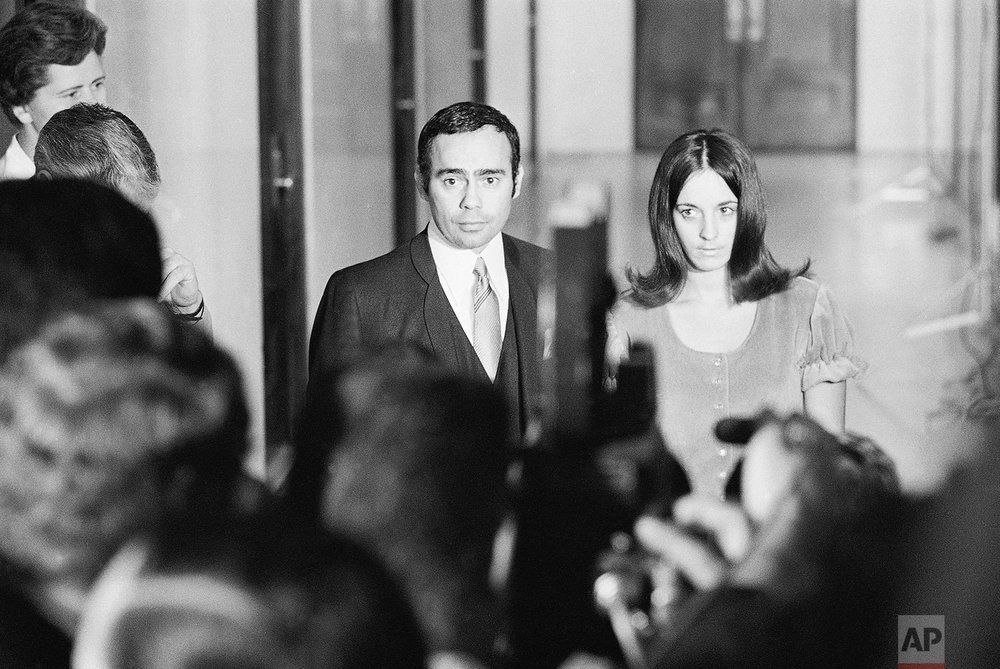
As described in a contemporaneous LAPD memo uncovered by O’Neill, prosecutors had determined that “because of the gravity of the case and the importance of Atkins as information and cooperation,” her attorney needed to “be the type who had ‘strong client control’” - which ex-prosecutor Caballero seemed to offer.
I described this sequence of events to Professor Cummings - particularly O’Neill’s revelation that neither Condon nor Atkins had wanted the change of representation.
“That's extraordinary. I've never heard that before. Having a prosecutor be involved in determining who represents the defendant seems strange, it's odd. I've never heard of that happening...forcing the defendant to give up preferred counsel without demonstrated proof of misconduct by the lawyer or a conflict of interest is extremely rare in, you know, almost, almost unheard of.”
Atkins ultimately would testify before the grand jury, securing the desired indictments. But with Caballero heavily publicizing Atkins’s confession in the local media - while lacking any signed deal for her testimony - Atkins would later withdraw from cooperating with prosecutors. She was eventually sentenced to death. “If you engage in negotiations for your client,” explained Cummings, “and you don't actually resolve the issue in a way that protects your client's interest, I mean, that's negligent.”
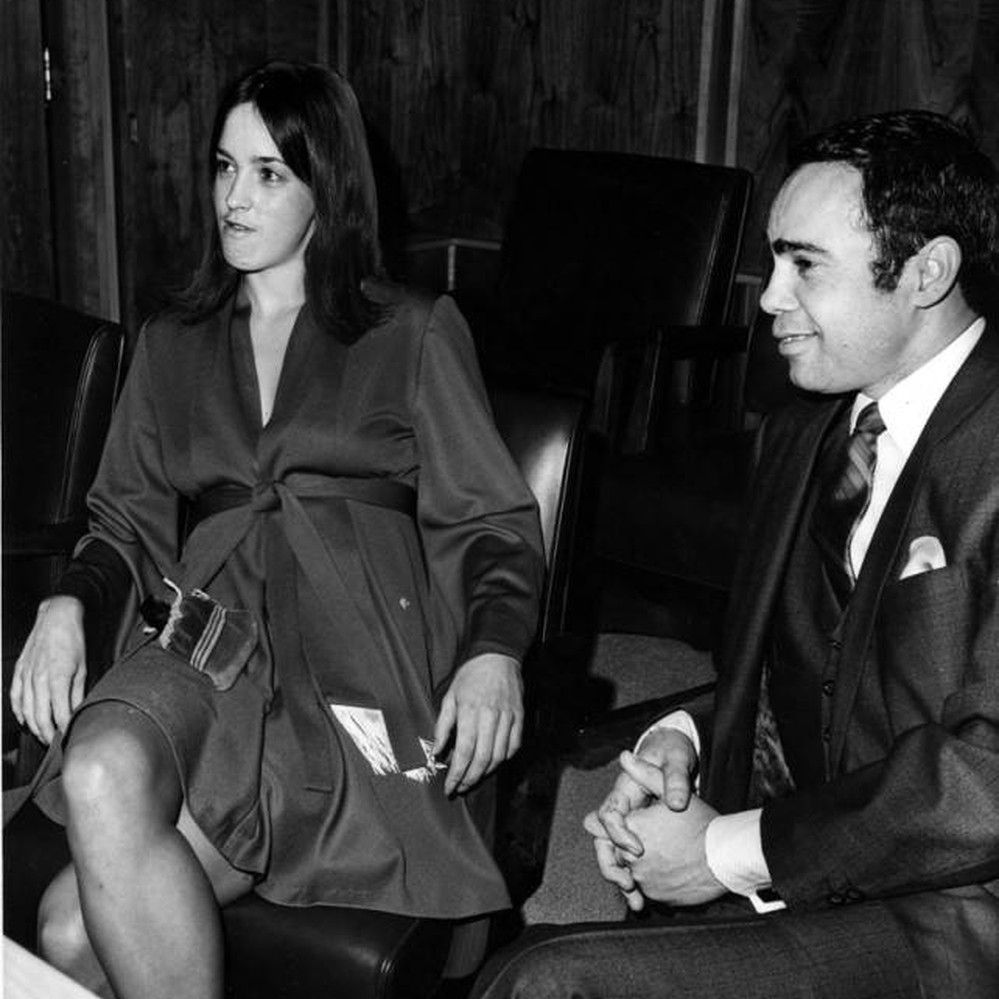
As mentioned in Chaos, Atkins later complained her grand jury testimony - the narrative upon which indictments were secured, and the spine of Bugliosi’s entire case - had been coached by Cabellero. “The idea that there's some sort of a potential conspiracy,” said Cummings, “between the prosecutor and the judge to put in place the more pliable defense lawyer that's going to be able to facilitate the outcome that the prosecutors want, is troubling.”
Bugliosi had built his career upon this singular outcome. As the social theorist Melnick described it, “Bugliosi’s work...brought the horrifying threat of Manson and his Family to light only to show how utterly that threat had been contained - mostly by the good work of an energetic prosecutor.” But the ethical issues O’Neill uncovered regarding Bugliosi’s prosecution of the Manson Family would not be the most distressing discoveries he made about the attorney.
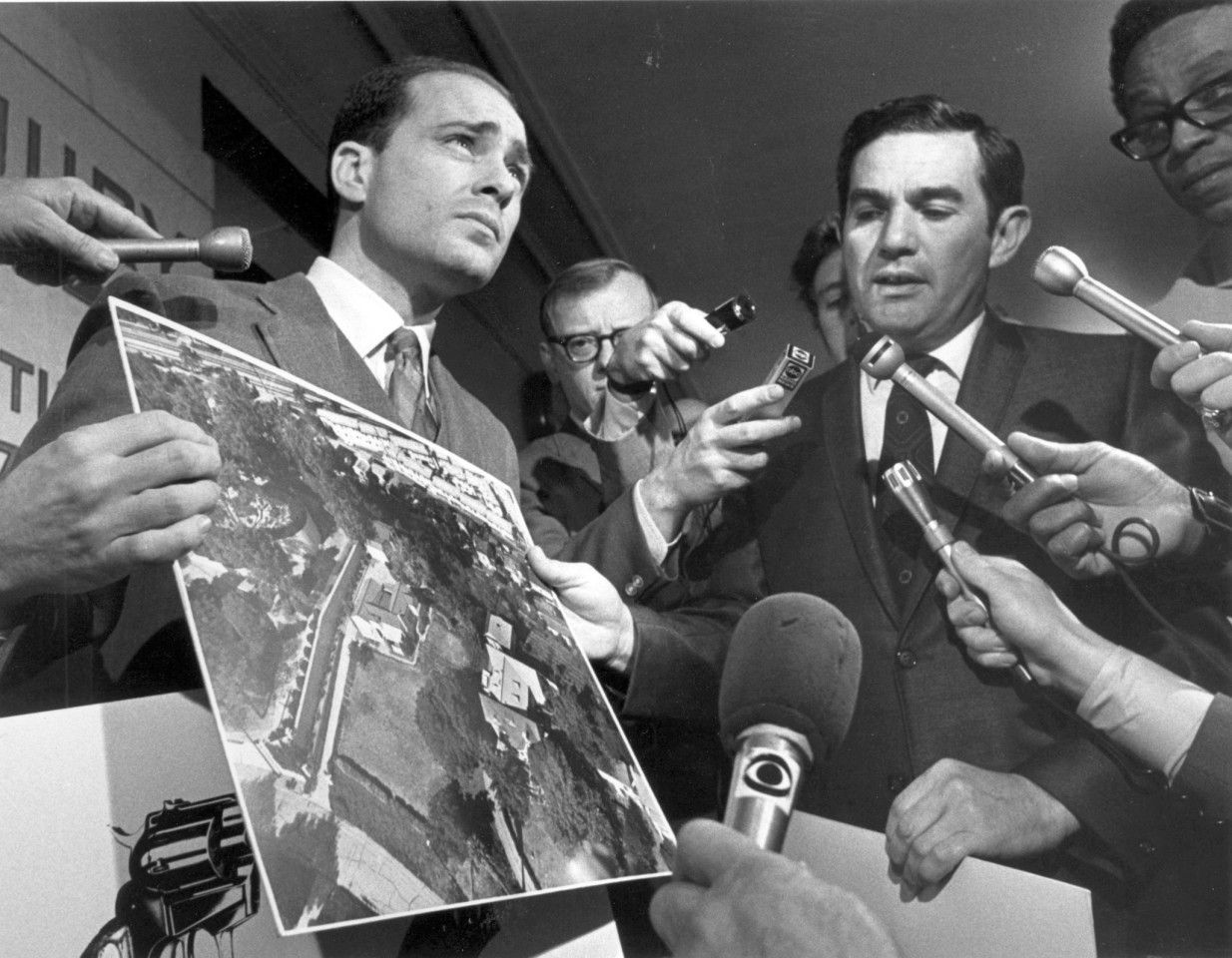
“I later knew how crazy [Bugliosi] was,” said O’Neill. “I mean everybody, it was kind of unanimous in the DA's office, said, oh yeah, Vince had screws loose.” This was no exaggeration. Journalist Mary Neiswender warned O’Neill that, when writing an exposé on Bugliosi in the Eighties for the Long Beach Press Telegram and Independent, Bugliosi had intimated he knew “where her kids went to school, ‘and it would be very easy to plant narcotics in their lockers,’” while Bugliosi himself told O’Neill “that he had no compunction about hurting people to ‘exact justice or get revenge.’”
The darkest secrets in Bugliosi’s past had not only surfaced already; they had nearly destroyed his career, before somehow being forgotten again. As reported by the Los Angeles papers, Bugliosi had stalked and anonymously threatened his former milkman through much of the late Sixties, even apparently using DA investigators to acquire personal information on him.
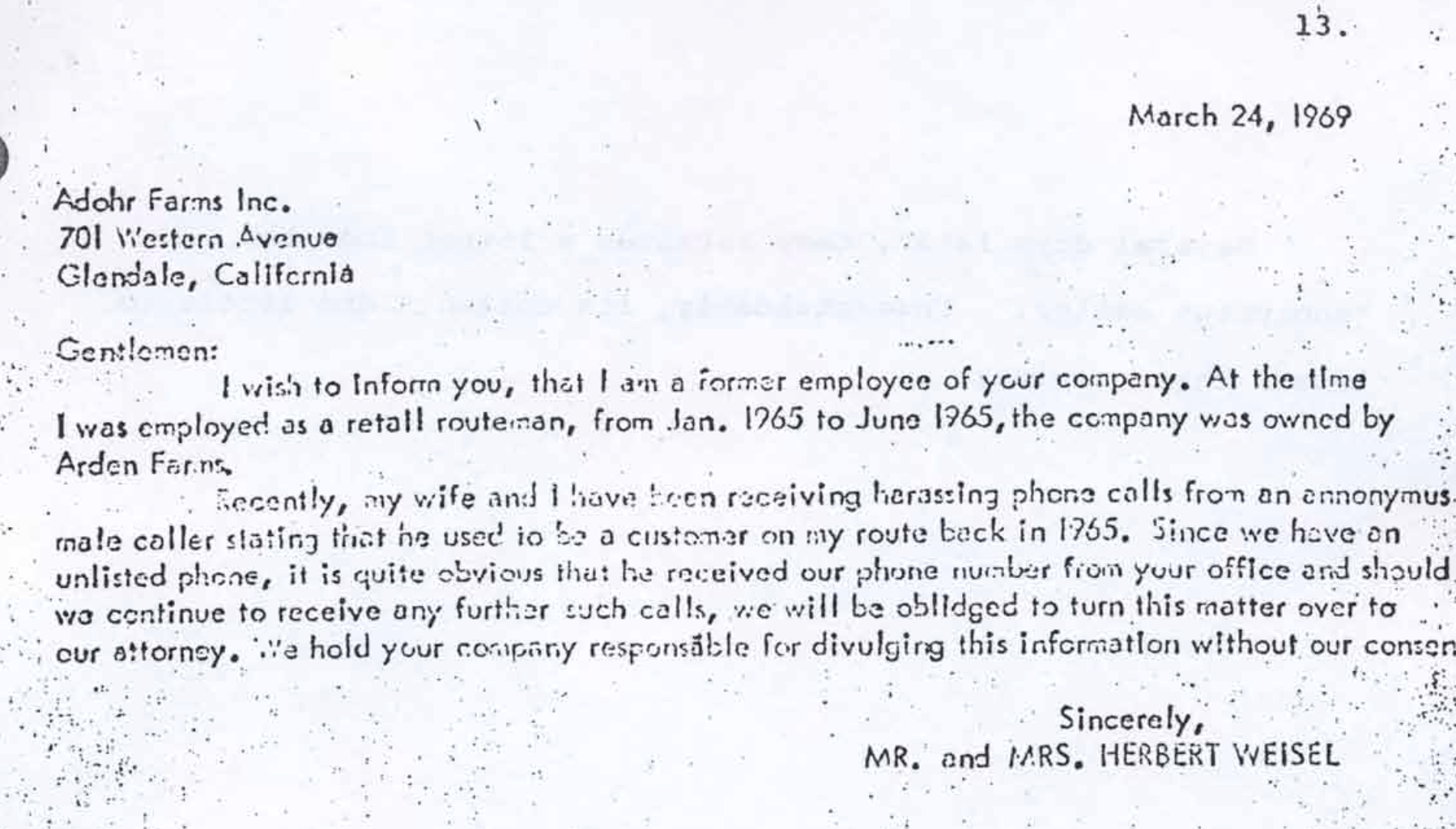
Bugliosi, it seemed, was convinced Herbert Weisel had been the biological father of his son. “According to the milkman's wife’s deposition,” said O’Neill, “Gail [Bugliosi] said to the milkman's wife, Mrs. Weisel, my husband is ill, mentally ill...We know your husband's not the father. And she said, well if you're not leaving him or you're not getting help yourself and I have no pity for you, something like that. And she shut the door in her face.”
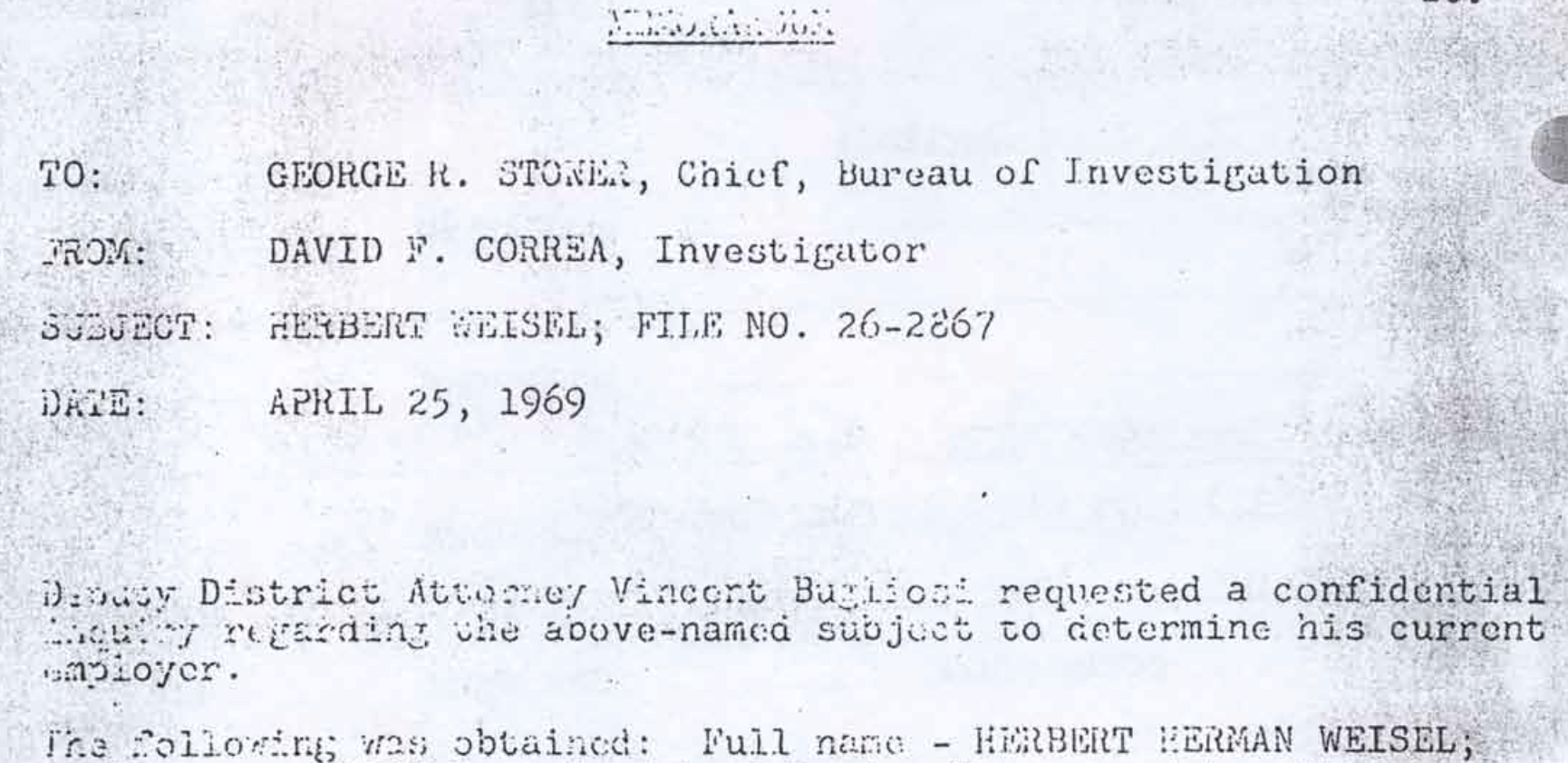
The bizarre story surfaced in 1972, derailing Bugliosi’s candidacy to become Los Angeles District Attorney. It would be a second political campaign, in his 1974 bid to become the Democratic nominee for California Attorney General, which would reveal an even more frightening scandal.

“He knew,” said O’Neill, “that more was going to come out again in 1974, and he knew that his wife and his family would have to endure this story, but he was so ambitious and so self-centered. He thought, I don't care about my family. And not only that, he knew there was a chance of the mistress case coming out, which had happened like six months before he began the race.”

In 1973, a Santa Monica woman named Virginia Cardwell reported to the police that she had been beaten by her married lover. Vincent Bugliosi, she said, had threatened to kill her if the newly-pregnant Cardwell didn’t abort their love child. Refusing, Cardwell was physically attacked by Bugliosi, battered so badly she filed a police report. “He’d beat the hell out of his mistress,” said O’Neill, “and even worse this time, not only lied to the media about it, but he lied to the police about what it really happened.”
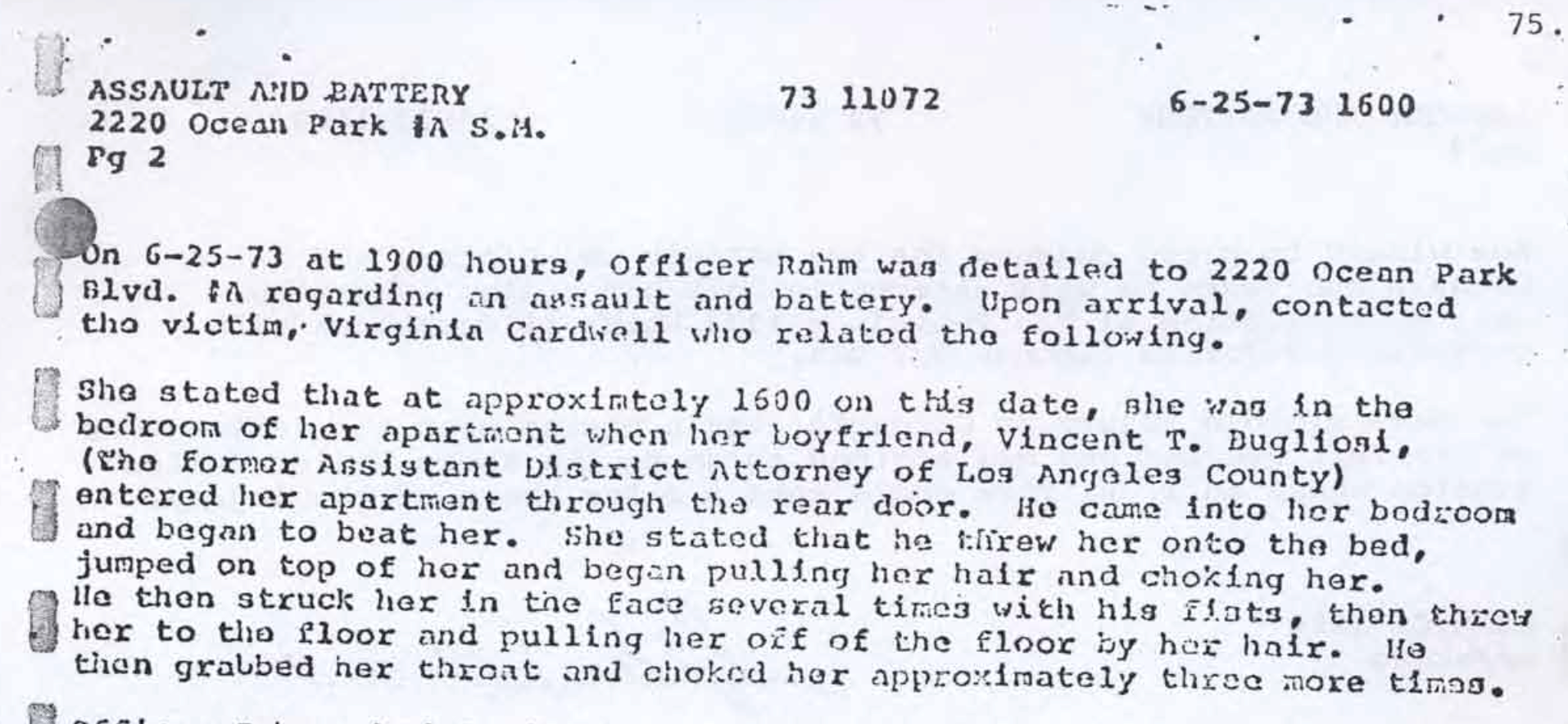
As with his milkman, Bugliosi quickly struck a settlement, and the criminal complaint dissipated, but not before wrecking his candidacy for statewide office. Cardwell, said O’Neill, “believes she miscarried during the beating.”
“Between Manson and Bugliosi,” O’Neill explained, “the two of them were just as conniving. And I sometimes wonder who was more evil, Bugliosi or Manson?” O’Neill broke off contact with Bugliosi, only resuming years later for a final confrontation. By then, the Manson article was long overdue. O’Neill looked to writing a book about the case - one in which the hero prosecutor would improbably figure as one of its darkest characters.
As Bugliosi’s boss overseeing the Manson case, Chief Deputy District Attorney Buck Compton, admitted to O’Neill: “I picked [Bugliosi] and it was the worst mistake of my career. I created a monster.”
To Be Continued.
